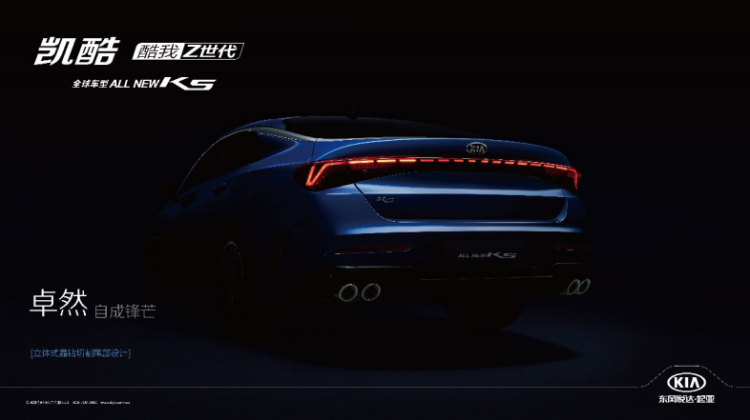In March of this year, the China Tourism Academy and the Ctrip Tourism Big Data Joint Laboratory jointly launched the “Tourism Big Data Research Project after the 2020 Epidemic” and released the first cooperative research report of the project. The report shows that in the post-epidemic era, 41% of the domestic survey respondents would choose to travel by car, far exceeding the second-ranked number who chose to travel by high-speed rail.
However, self-driving travel is not as easy as it seems. The expressway is relatively closed, and there are very few non-motorized vehicles and pedestrians. Due to the high speed and the high probability of encountering trucks, the driver’s driving skills are not low. . When driving on high speed, pay attention to the following points:
Avoid foreign objects as much as possible. Although the road conditions of expressways are generally better than ordinary roads, you should also beware of “uninvited guests” to prevent the chassis and tires of your car from being injured;
Keep the distance between vehicles, pay attention to the surrounding vehicles, and appropriately increase the distance between vehicles to prepare for possible emergencies;
Use lights and horns properly. Lights and horns are important “car language”. When driving on the highway, the driver should send out signals in time according to the road conditions to remind the surrounding vehicles.

When driving on the highway, an accident may be a major event, so don’t take it lightly, so Bridgestone recommends you: check the condition of your tires before going on the road.
1. Pay attention to tire pressure inspection
Abnormal tire pressure not only easily causes tire damage, but also affects driving safety. Too high tire pressure will accelerate tire wear, and too low tire pressure will easily increase fuel consumption. Therefore, before going on the expressway, the driver should check the tire pressure of the four tires and the spare tire when the tires are cooled.
Special reminder is that we must pay attention to check the state of the spare tire. Because the expressway is relatively closed and rescue is inconvenient, if unfortunately a tire blows out, the full-size spare tire will be the life-saving straw for the car owner. It is better to be fully prepared in advance than to be imminent.
2. The tire depth should be checked
Before going on the highway, the driver should carefully check the wear of the tires. When the wear is equal to the raised part indicated by the triangular mark on the tire, it means that the remaining tread depth is 1.6mm, which is the final warning to remind the driver to replace the tire. In order to ensure driving safety, when you find that the remaining tire pattern depth of your car is lower than 3.0mm, you should replace the new tire in time.

3. Don’t be sloppy in appearance inspection
The speed of driving on the expressway is fast, so it is necessary to carefully check whether the tires are scratched, bulged, cracked, etc. “Injuries” on the tires are more likely to bury potential safety hazards.
4. Do not forget the drainage groove
May Day coincides with the rainy season. If the tires slip on the highway, the consequences will be disastrous. Therefore, special attention should be paid to clearing foreign objects in the tire drainage groove in advance, such as small stones stuck in the main drainage groove or tread groove. In the daily driving process, drivers often do not pay attention to these details.
5. Performance inspection is equally important
When your car appears to be running off-track, it is recommended that you take your car for four-wheel alignment in time to ensure driving safety.




